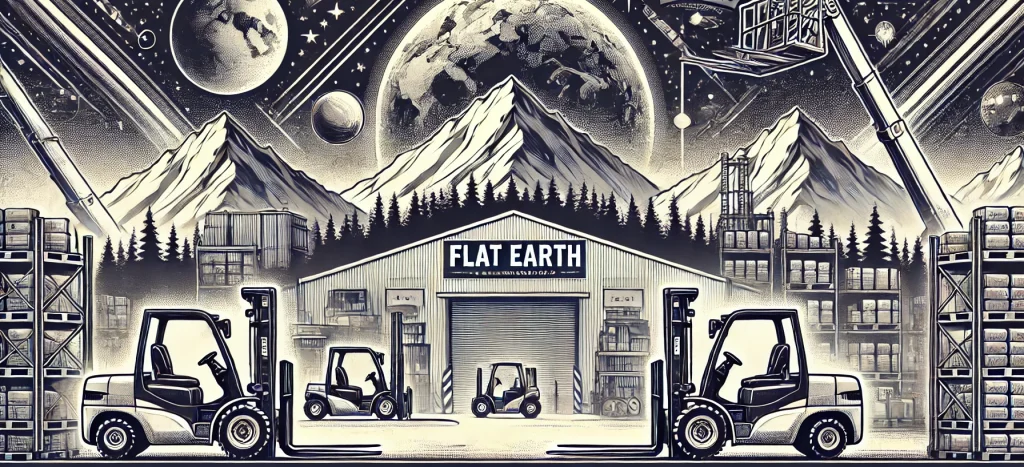Understanding JCB telehandler fault codes is crucial for maintaining the reliability and efficiency of these versatile machines.
These fault codes serve as a diagnostic tool, alerting operators to potential issues before they become significant problems.
Knowing how to interpret and address these fault codes ensures your JCB telehandler continues running smoothly.

Regular maintenance plays a vital role in preventing faults and maximizing the lifespan of your equipment.
By staying proactive and addressing fault codes promptly, operators can avoid downtime and costly repairs.
This approach not only boosts the telehandler’s performance but also ensures safety in every operation.
For anyone working with JCB telehandlers, having a comprehensive fault codes list at hand is essential.
This knowledge empowers operators to tackle issues effectively, reducing the risk of extended machine downtime.
For detailed codes and troubleshooting tips, you can refer to resources like the JCB telehandler fault codes list.
Understanding JCB Telehandler Fault Codes
Understanding JCB Telehandler fault codes is essential for diagnosing and maintaining these machines.
Fault codes present critical information about the machine’s system and potential issues.
This knowledge ensures safe operation and reduces downtime.
Basics of Fault Codes and ECU
Fault codes, or error codes, are alphanumeric strings displayed by the telehandler’s Electronic Control Unit (ECU).
The ECU monitors various systems and components, identifying abnormalities.
When an issue arises, the ECU generates a fault code, signaling the specific problem area.
The ECU plays a central role in machine diagnostics.
By storing these codes, it allows operators and technicians to identify and address issues quickly.
Accessing these codes typically requires a diagnostic tool or an onboard display system.
Regular monitoring and interpretation of these fault codes can prevent minor issues from escalating into major repairs.
Common JCB Fault Codes and Descriptions
JCB telehandlers use specific codes to indicate different faults.
For instance, one common error is P1104-00, which often signals a general sensor fault.
Similarly, P1106-00 might indicate an intake air temperature sensor error.
Another frequent fault is Boom Not Stowed. This code signifies the boom is not properly positioned when the machine is shut down, posing a safety risk.
Another issue could be Hydraulic Oil Overheat, where the hydraulic oil temperature is excessively high due to an overloaded system or low oil levels.
By cataloging these error strings, operators can maintain their equipment more effectively and ensure continuity in their work processes.
Diagnostic Tools and Troubleshooting Procedures
Telehandler performance relies on accurate identification and resolution of fault codes.
Using advanced diagnostic tools and following a structured troubleshooting guide ensures effective fixes.
Utilizing Diagnostic Tools
Diagnostic tools are essential for pinpointing issues with a telehandler.
Tools such as the Jaltest Diagnostic System help technicians read fault codes and identify problems quickly.
These devices connect directly to the telehandler’s onboard computer.
Mechnician’s cutting-edge Diagnostic Tools provide seamless troubleshooting for precise results.
Technicians should ensure their diagnostic tools are up-to-date with the latest software.
This ensures compatibility with newer telehandler models.
Regular training on these tools is important for achieving accurate diagnostics.
Investing in quality tools can save time and reduce operational downtime.
Step-by-Step Troubleshooting Guide
Start by identifying the fault code displayed on the telehandler’s control panel.
Each code corresponds to a specific issue, such as Hydraulic Oil Overheat or Boom Not Stowed.
- Record the Fault Code: Document the exact code and any symptoms experienced.
- Check Manuals: Refer to service repair manuals to understand the code’s meaning.
- Initial Inspection: Visually inspect components, such as clogged filters or low oil levels.
- Use Diagnostic Tools: Connect diagnostic tools to read real-time data and confirm the issue.
Perform necessary repairs, whether it’s replacing filters or correcting oil levels.
Test the telehandler post-repair to ensure the fault has been resolved.
Maintenance Tips for Optimal JCB Telehandler Performance

Keeping your JCB telehandler in top condition requires following a regular maintenance schedule and addressing any common issues promptly.
This helps to avoid downtime and ensure the machine operates efficiently.
Regular Maintenance Schedule
Adhering to a regular maintenance schedule is essential for the longevity and efficiency of JCB telehandlers.
Check hydraulic oil levels consistently, as low levels can lead to overheating and system failure.
Inspect transmission fluid and change it as recommended by the manufacturer to maintain smooth gear transitions.
Engine temperature sensors must be monitored to avoid issues related to overheating.
It’s also important to regularly replace fuel filters and inspect spark plugs for signs of wear.
Following these steps can prevent breakdowns and extend the life of the telehandler.
Addressing Common Issues
Addressing common issues promptly can save time and repairs.
For instance, a common fault code for JCB telehandlers is the hydraulic oil overheat warning. This may indicate issues like clogged filters or low oil levels.
Another frequent issue is a boom not stowed warning, which needs immediate attention to ensure safety.
Regularly inspect electrical connections to avoid issues like open circuits for sensor voltages.
Checking the fuel level sensor circuits can also prevent malfunctions.
These proactive measures help in maintaining the optimal performance of JCB telehandlers and reducing the risk of unexpected failures.
